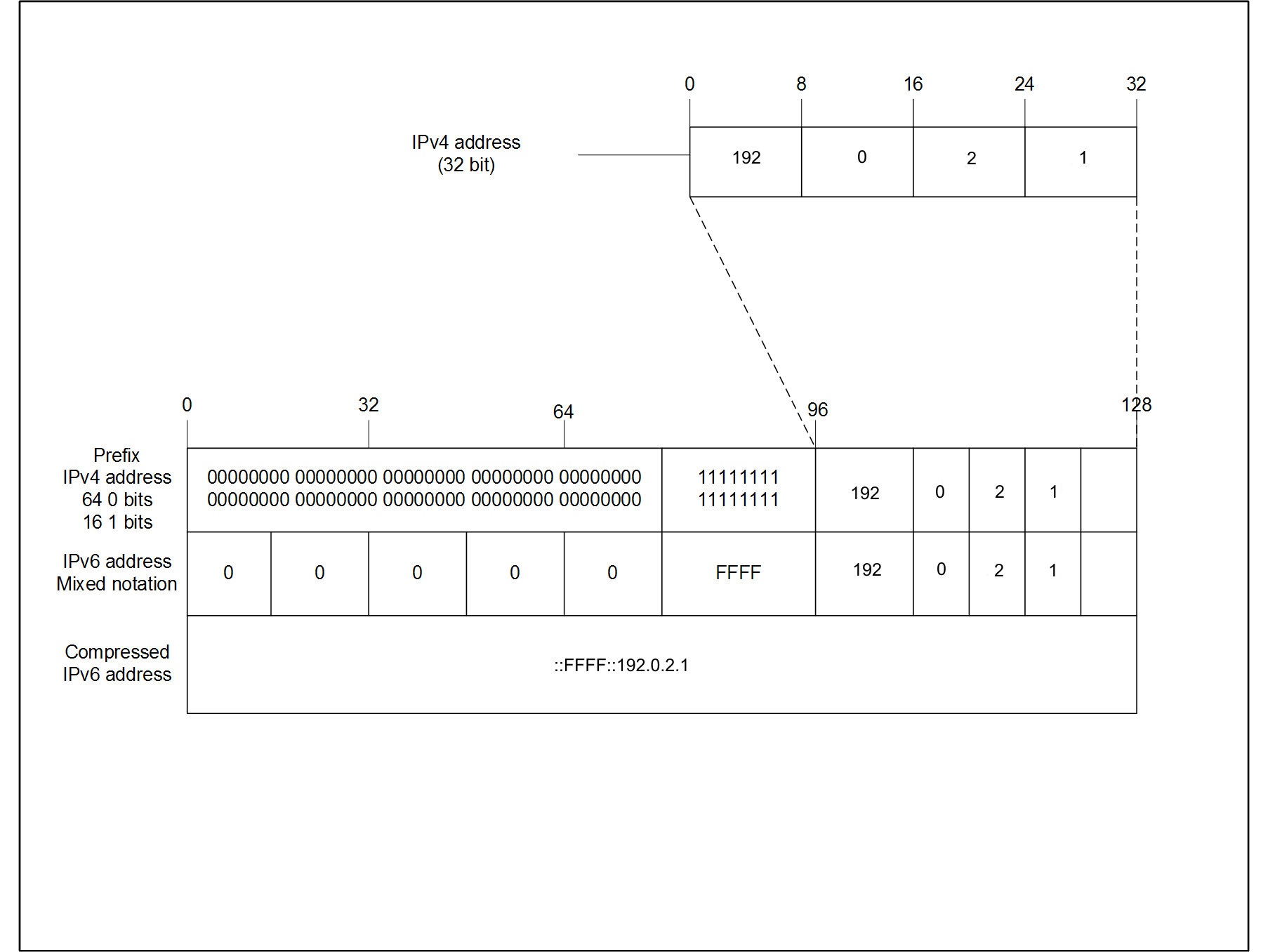IPv6 Tunnel Configurations for BGP+
You must configure an IPv6 tunnel and static routes at BGP+ peers when you use BGP+.
When BGP+ peers advertise route information, they use Update messages to advertise route information. And, when route information is encapsulated in Update messages, BGP+ peers convert their own IPv4 peer addresses to IPv4-mapped IPv6 addresses and insert them into the next-hop field in the Update message.
When the BGP+ software module receives Update messages, it adds route information to the IPv6 Routing Manager (RTM). These RTM routes contain next-hop addresses from the BGP peer that the route was learned from. The next-hop addresses are represented as IPv4-mapped IPv6 addresses.
But, because the IPv6 RTM cannot correlate the IPv4-mapped IPv6 address to a specific outgoing interface, you must create a manually-configured static route to make the link between the BGP peer and the IPv6 tunnel interface so that traffic can reach networks advertised by the peer.
Following is one way to express a static route in an IPv6–configured tunnel for BGP+:
ipv6 route 0:0:0:0:0:ffff:192.0.2.0/24 cost 1 tunnel 10
Configure the IPv6 tunnel endpoint and the BGP peer to reside on the same switch.
If the IPv6 tunnel endpoint and the BGP peer must reside on different switches you can terminate the tunnel on a different switch, but you must consider the following:
-
Because the IPv6 tunnel endpoint does not reside on the same switch as the BGP peer, the BGP device cannot use the tunnel as the outgoing interface. That is, to reach the IPv6-configured tunnel endpoint, if the BGP peer resides on a different switch from the IPv6 tunnel endpoint, the next-hop for the manually-configured IPv4-mapped IPv6 static route is the native IPv6 interface next-hop address.
-
The node where the tunnel terminates must contain all of the information needed to route the packets between the remote IPv6 network clouds.

Note
In order for the tunnel endpoint switch to be aware of all of the necessary IPv6 routes, you may need to redistribute the BGP routes into OSPFv3.
IPv4–mapped IPv6 addresse
IPv4-mapped IPv6 addresses are IPv4 addresses that the system has mapped into the IPv6 address space.
The system uses these IPv4-mapped IPv6 addresses for devices that are only IPv4-capable.
These IPv4-mapped address have the first 80 bits set to zeros, followed by the next 16 bits set to ones, and the last 32 bits have IPv4 addresses.
When converted to an IPv4-mapped IPv6 address, an IPv4 device address of 192.0.2.1 would be represented as one of the following:
-
0:0:0:0:0:FFFF:192.0.2.1
-
::FFFF:192.0.2.1
The following figure illustrates the components in an IPv4-mapped IPv6 address.


